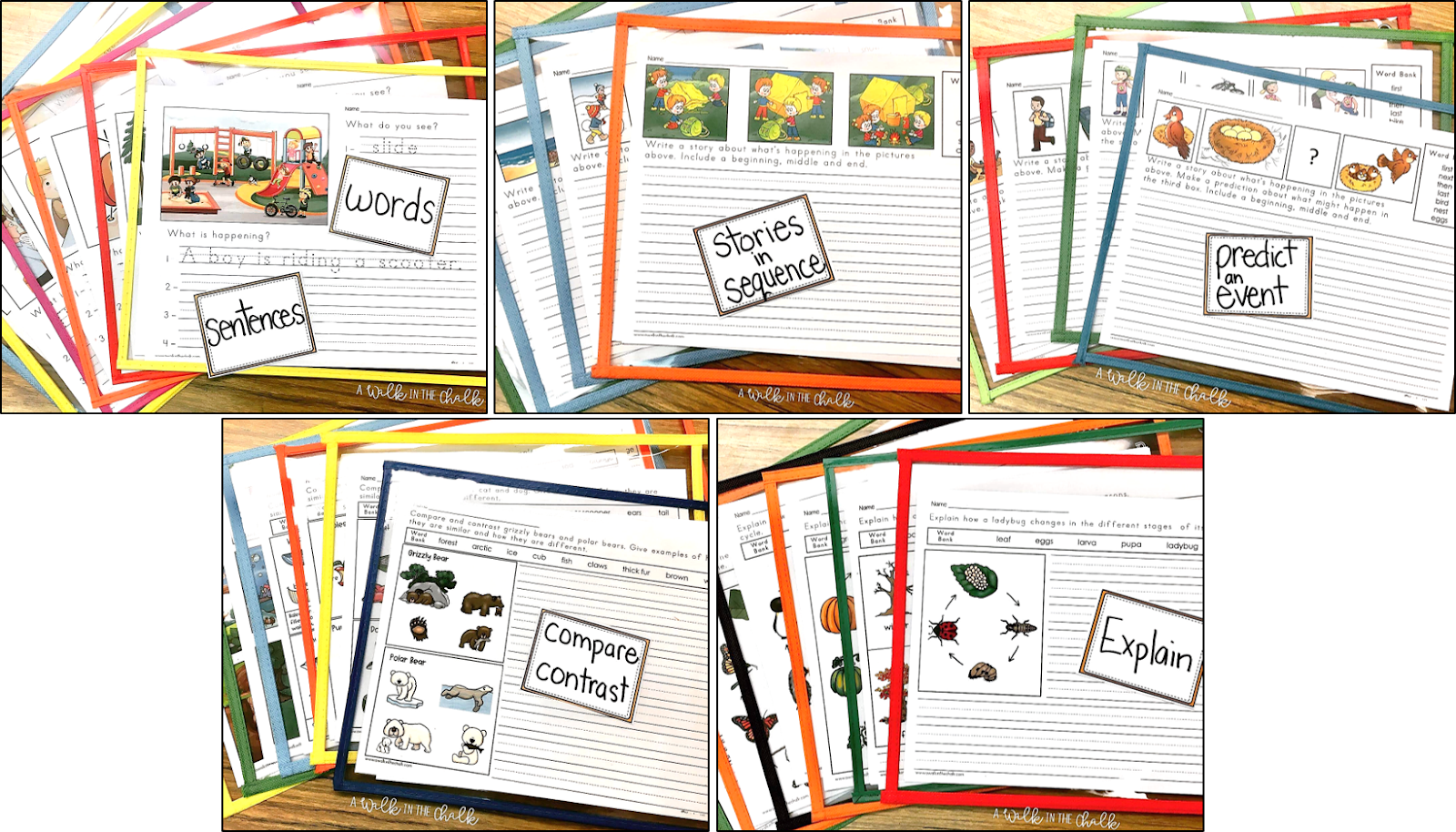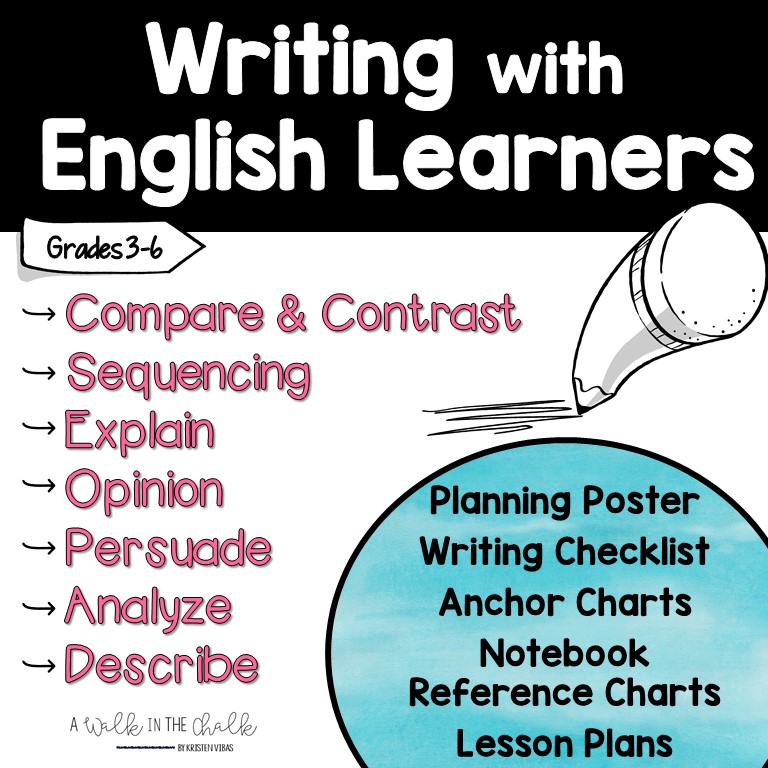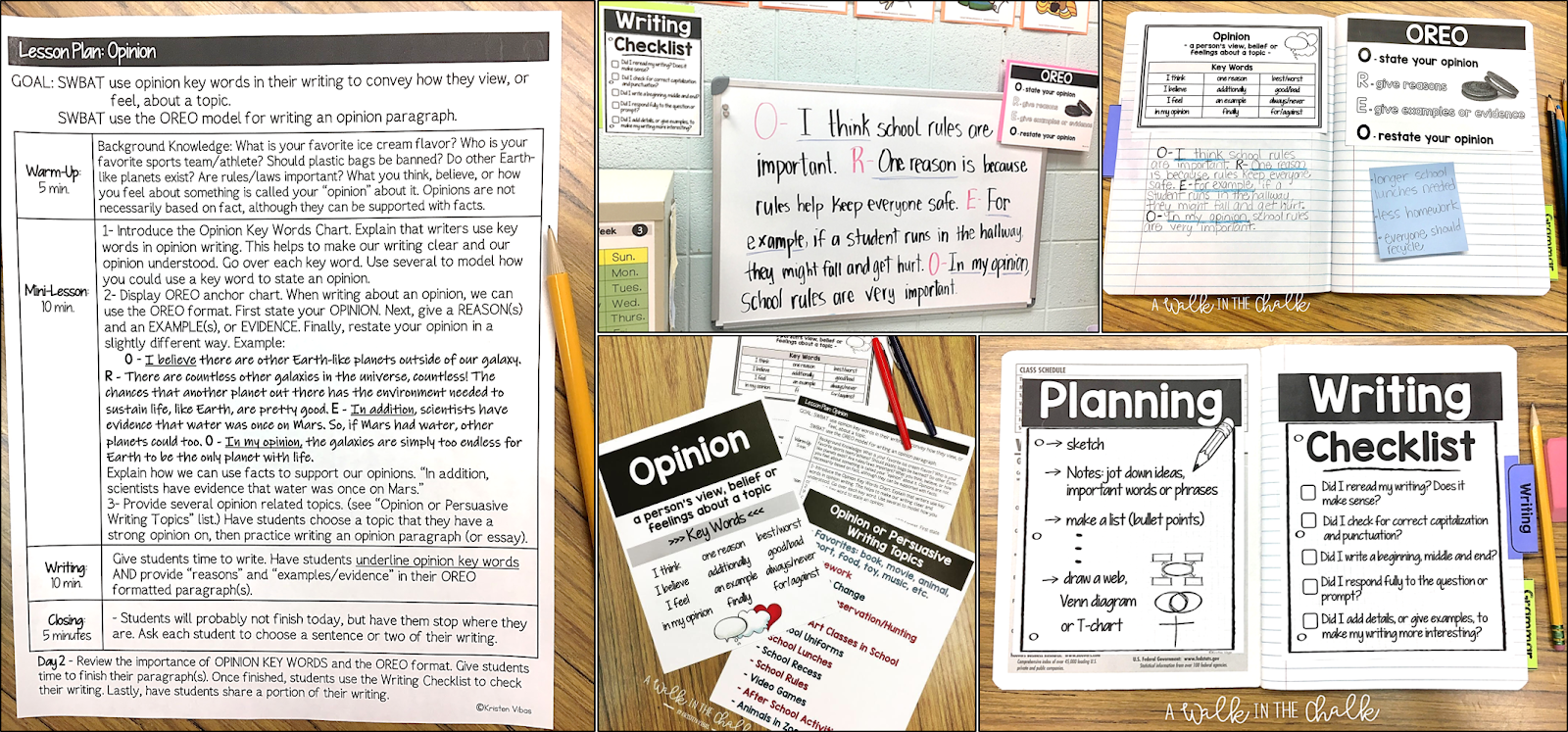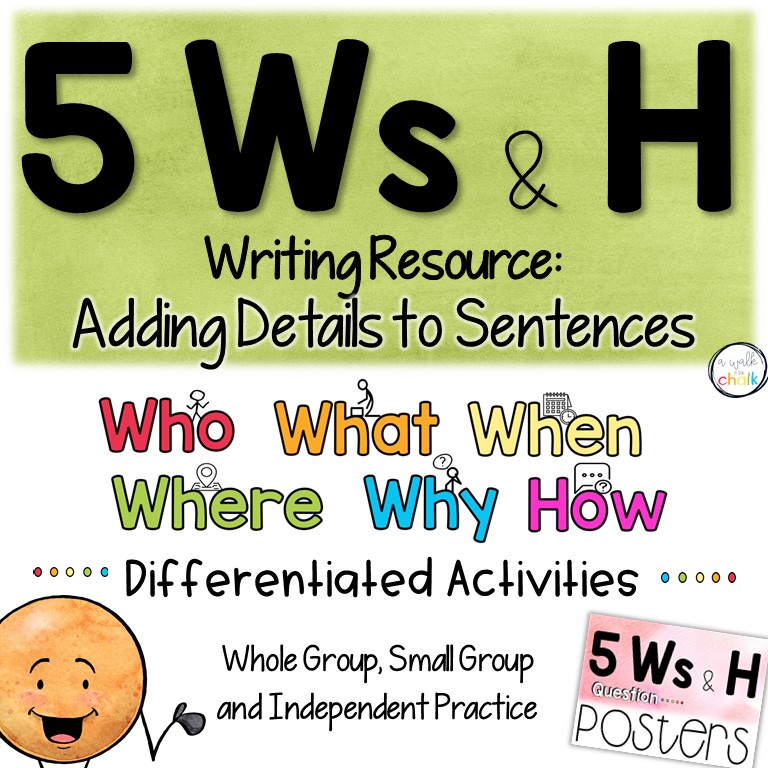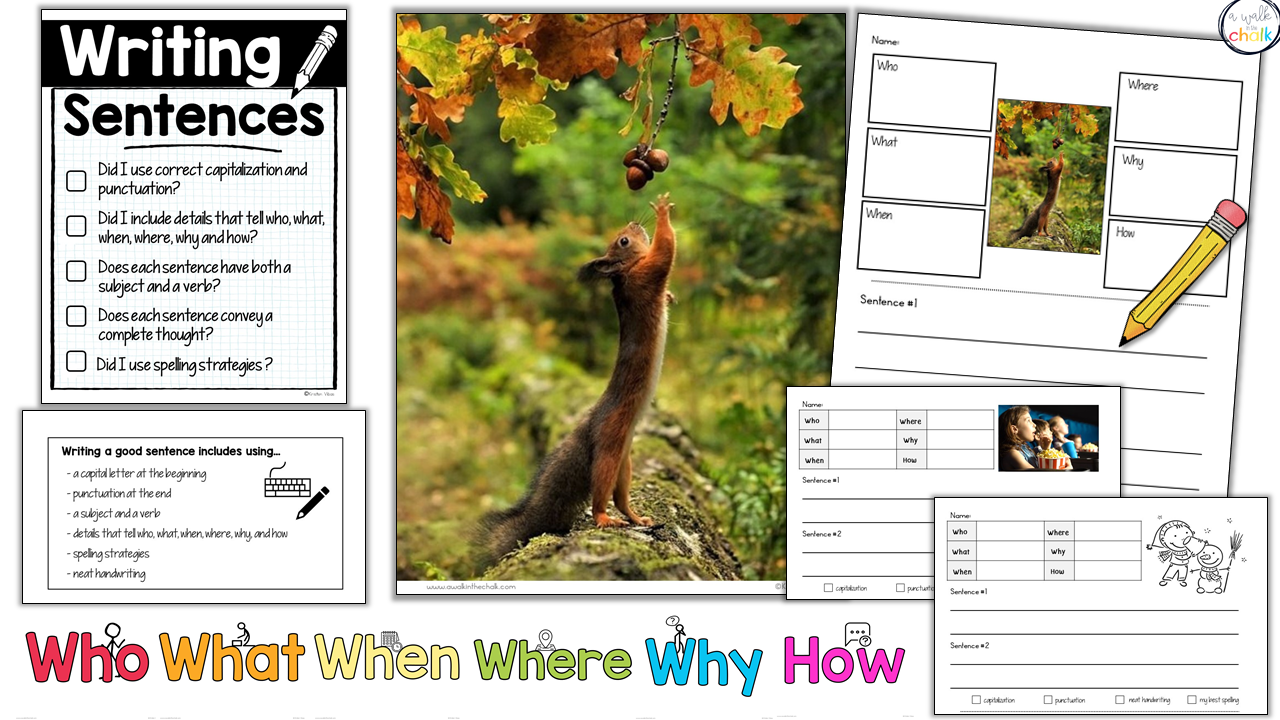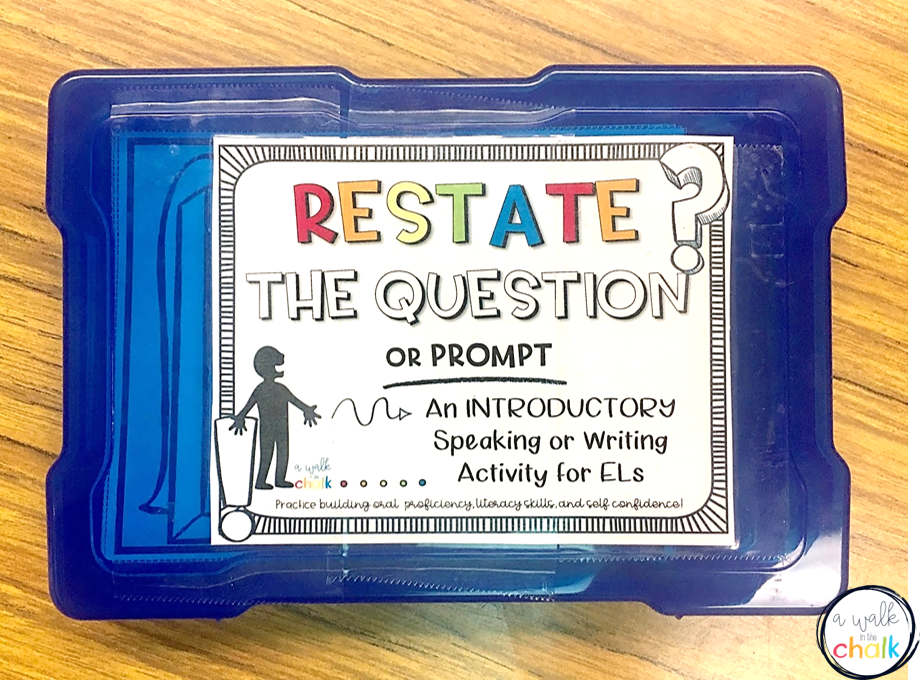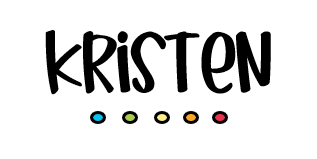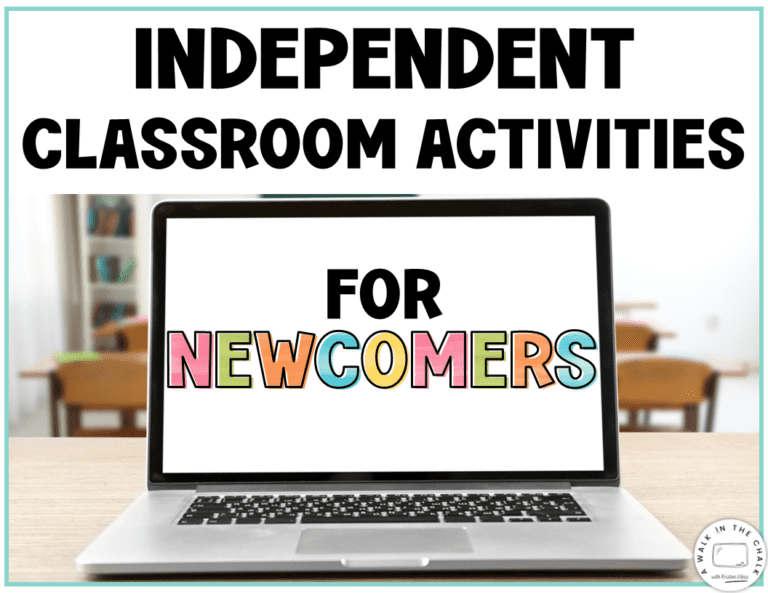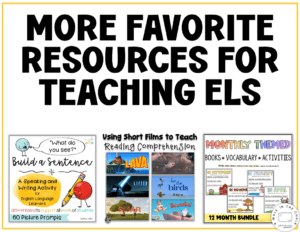
When I was a brand new teacher, I thought the quality of my teaching was ultimately tied to the quality of my resources, so I spent hours searching for great materials. I believed that if I had quality resources, ones that my students enjoyed and were engaged with, then that would make me a good teacher. Well, I still believe that having quality resources is extremely important, but over the years I’ve also come to realize that being a good teacher is SO much more than the tools in my toolbox. Everyday has a million moving parts that need our constant attention, focus, knowledge and skills of best practice. So even though I now believe that being a good teacher is more than the quality of my teaching materials, knowing that I have a good variety of kid tested and teacher approved resources at my fingertips allows me the time and energy to focus on other aspects of my teaching day.
So today, as a follow-up to my original “favorite resources” post, I want to share with you MORE of my “go-to” resources that I consistently use in my classroom with my students!
Build a Sentence
 |
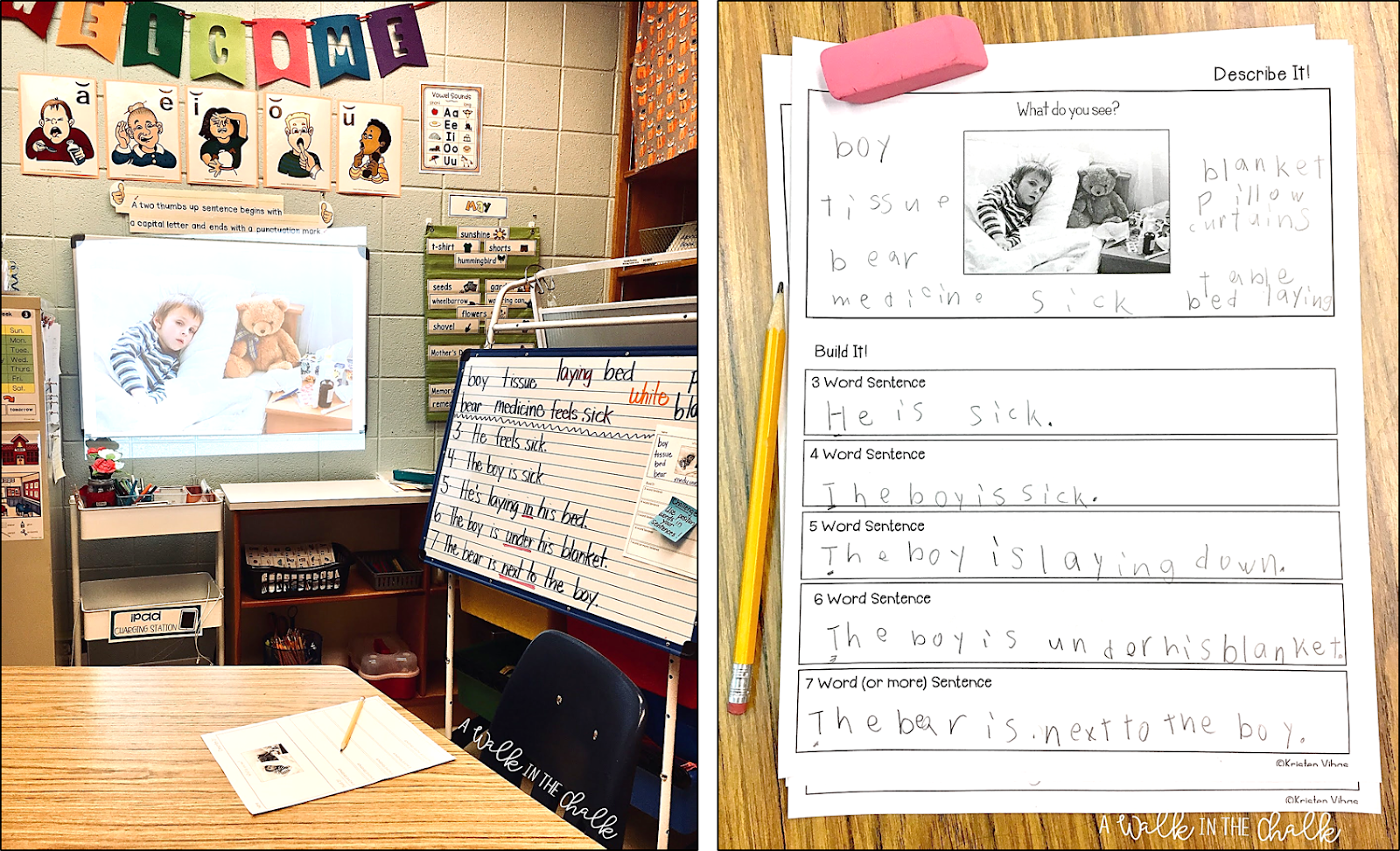 |
This activity is heavily scaffolded for beginners. Students orally create the word bank and sentences, but I write the words and sentences on the board using correct spelling and grammar. Then they copy. I am a big believer in modeling for beginners, and I model a LOT!
This activity is a definite favorite among my students. They practice their oral language skills as well as their writing skills. I do this with my small groups at least once a month.
This is a simple, yet effective, activity that teaches students to restate the question or prompt in their answers, both orally and in writing.
As a writing activity, either project a prompt on the whiteboard and have students write their responses in their notebooks, or print out the question and have them glue it into their notebook. This takes modeling the first several times, but afterwards should be a quick independent activity.
For a speaking activity, pull out a card and ask the question. Students take turns answering several of the questions. This works great in a small group setting. My students often ask if we can keep on “playing.”
Incorporating videos into my lessons is a MUST! When I plan a new unit, one of the first things I do is to scour the internet looking for fun and meaningful videos. My go to place is YouTube. There are some real gems out there, but it does take some looking. When I find a goody, it goes into my collection and I use it again and again. Here is a blog post that I wrote about using short films to teach reading comprehension skills. I continue to add to the list as I find new films. Click on the image to see the list!
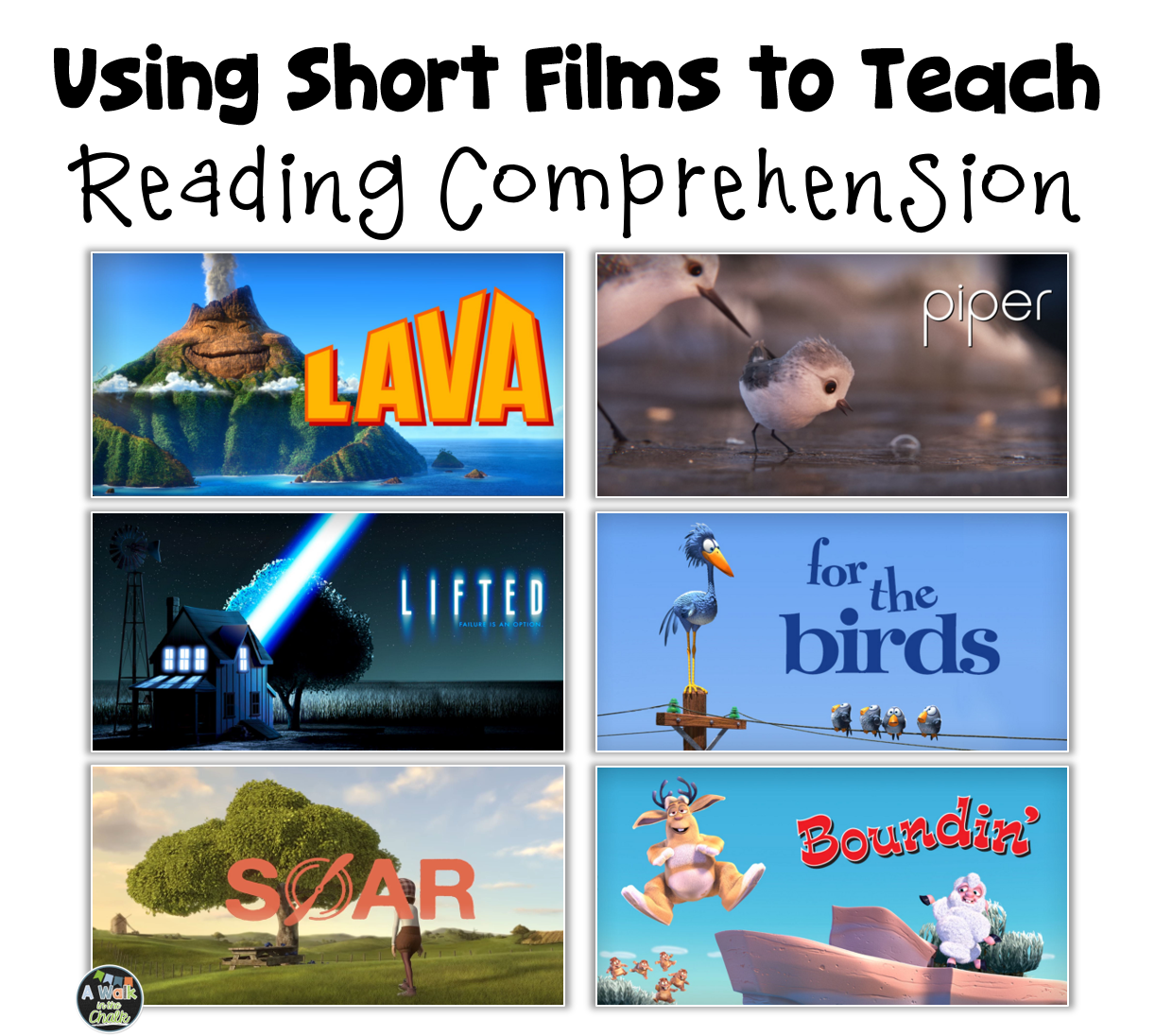 |
👉 Check out my Short Film Bundle here.

My students look forward to getting their new book every month and often even ask for it. It’s a great way to build and reinforce relevant monthly vocabulary while building literacy and language skills.
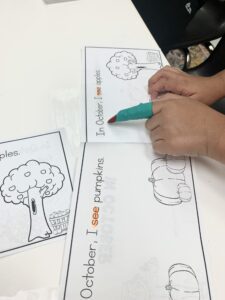 |
I introduce the vocabulary first and we practice saying the words together. After reading the book, we paly a matching game with picture and word cards. At the end of the week we’ll either play a memory game with the cards or BINGO. They love it!
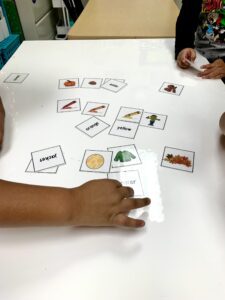
I use the animated digital book as a shared reading activity, just after introducing the monthly vocabulary. The next day the receive their own printable copy of the book.

In closing...
As I create my weekly lesson plans, these “tried and true” resources are many of the activities that my students use throughout the school year. Having a collection of reliable and engaging materials frees up the time I’d otherwise spend searching. I’m sure you have your go-to resources too.
Happy teaching!!

